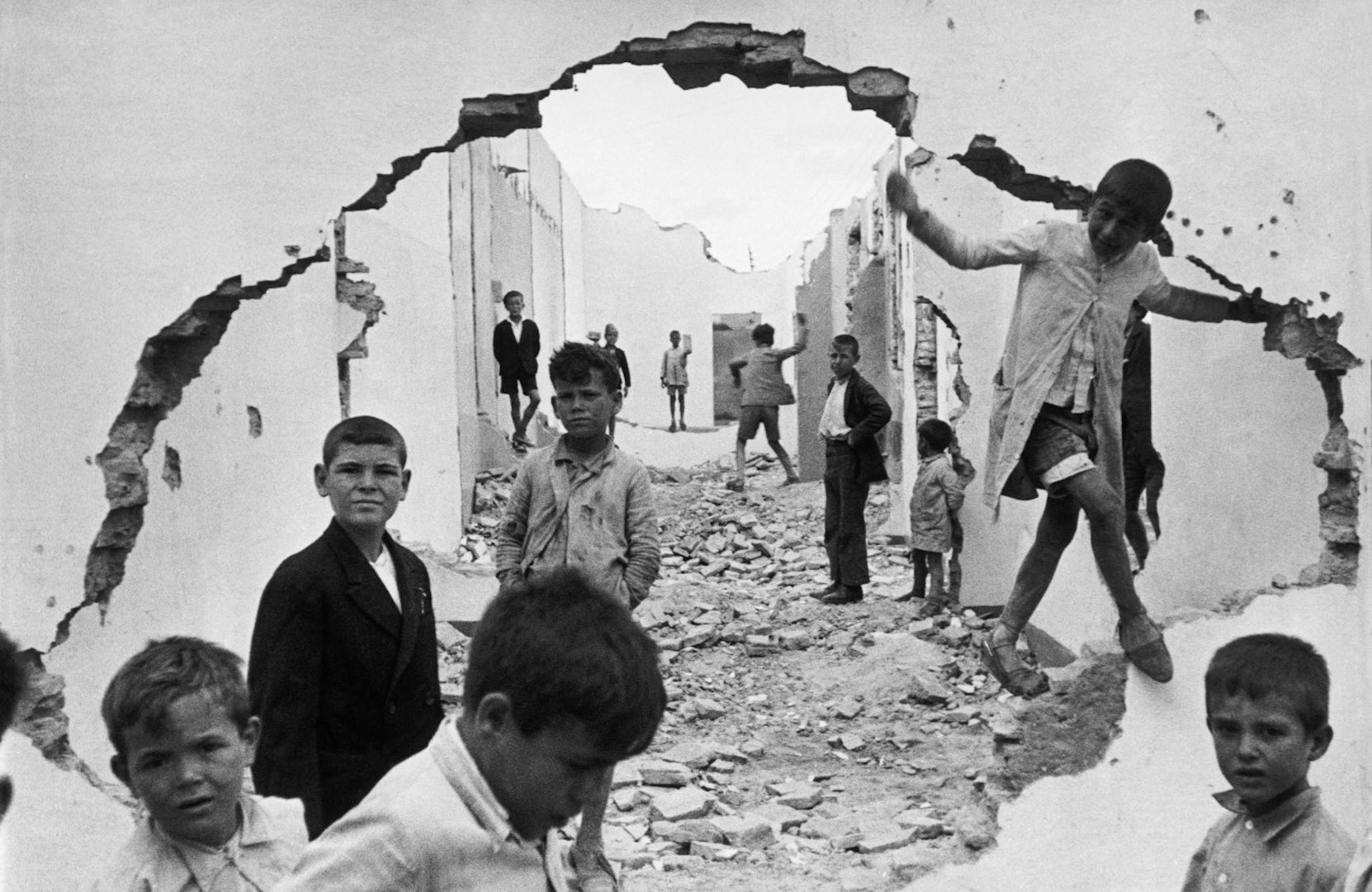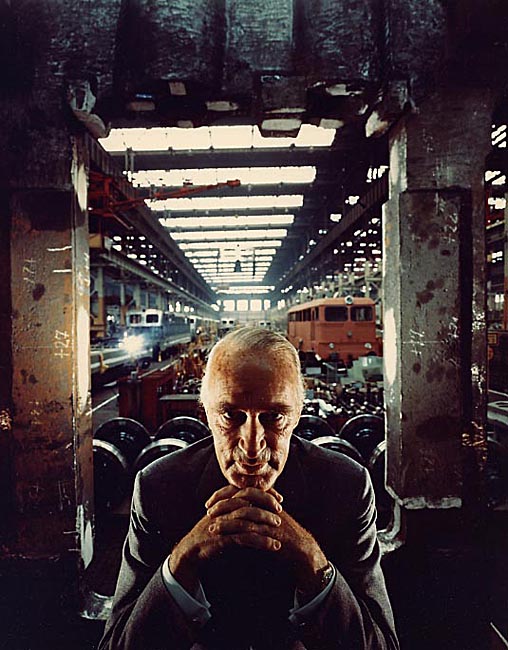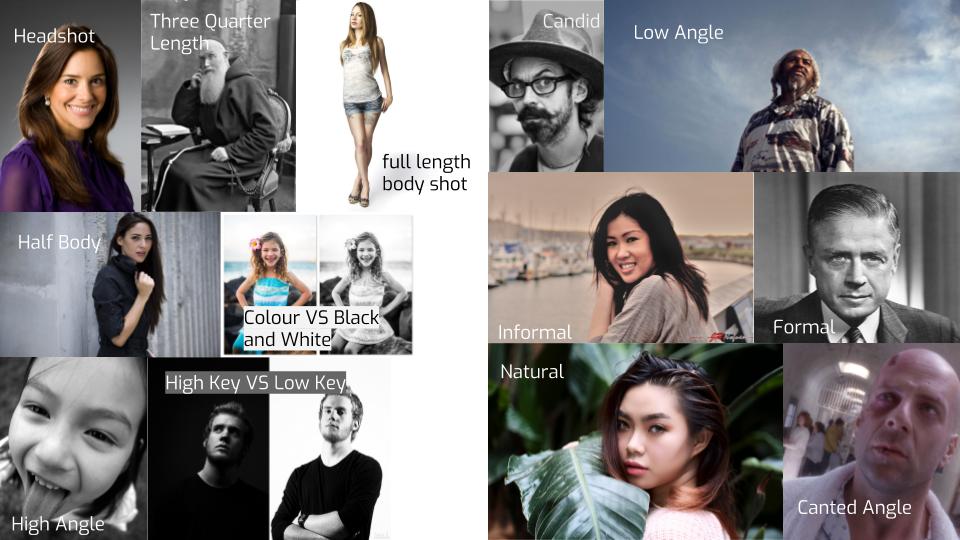Henri Cartier-Bresson was a french, human photographer, who was born on the 22nd of August 1908. He died on the 3rd of August 2004. He started working on photography in 1930. He was credited with pioneering the genre of street photography. He viewed street photography as capturing a decisive moment. The phrase “decisive moment” is now used often in street photography and refers to when the image represents the essence of the event happening within the image. During Henri-Cartier Bresson’s life he created a few different books, mostly full of images he had taken from different areas in photography, one of these was called “The Decisive Moment”.

This is a moodboard of some of my favourite images that Bressen took to do with street photography.

Technical: This image uses light very consistently throughout. This can be seen due to the background sky and wall being almost the same colour with the foreground also being a very similar shade of white. This could have been created using natural lighting and a high ISO.
Visual: This image varies the tone throughout, with the majority being very brightly coloured and some coloured areas being grey or black. This image displays form and depth really well. This could be due to the darker colours creating a path of rubble down between the buildings.
Contextual: This image seems to have been taken after some kind of bombing or war. We know this due to the rubble covering the street between the buildings and the big hole that the image is being taken through that is in a weird shape. This image also gives a war-torn impression due to the children all having confused and sad faces throughout the image.
Conceptual: The image clearly displays a place that was destroyed during some kind of war. The photographer may have decided to take this image due to show some of the impacts that war can have on towns. The use of children looking sad makes it seem like these were places they lived, along with the rubble along the ground.




